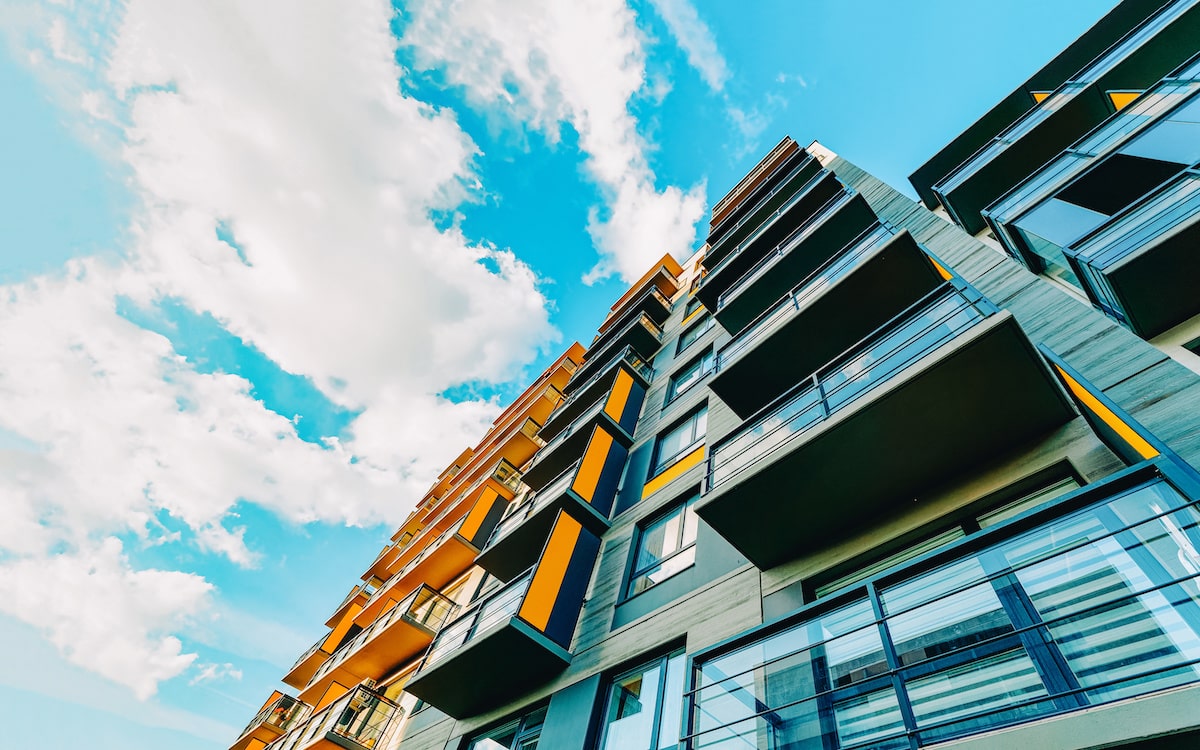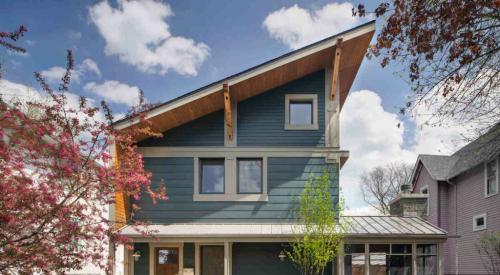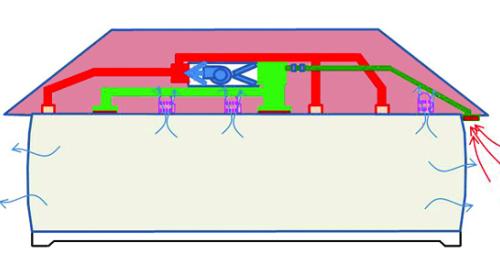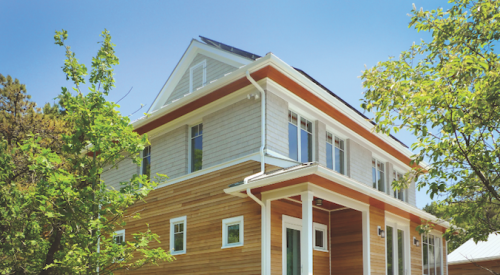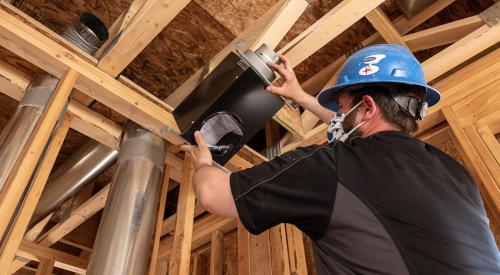As climate concerns and wellness design preferences usher in a new frontier of residential construction, "passive" buildings are coming into play as efficient housing solutions. Passive residential designs use minimal energy and are sealed with airtight insulation backed by an ERV ventilation system to regulate indoor temperatures while keeping the air clean and healthy.
The system’s continuous exchange of air paired with superinsulated construction reduces the presence of allergens and also silences noise from the outside world, a highly-favored design solution for city residents. Tenants of passive apartments benefit not only from added wellness features, but also from low electricity bills. According to The Guardian, the annual energy demand of passive homes is an estimated 70% less than that of traditionally insulated buildings.
The continuous exchange of air, coupled with superinsulated construction, means no more smell of whatever the downstairs neighbors are cooking, no more traffic noise in the living room, and no more clickety-clack of old radiators. Each room in [Stephanie] Silva’s three-bedroom apartment has its own heating and cooling unit, allowing her family to heat one room at a time instead of the entire home. “My daughter hates heat, while I like my room to be nice and warm,” Silva says. “I love the fact that each room has its own separate temperature.”
Solar panels are integrated in the roofs of many passive buildings, including two in the Bronx developed by Bronx Pro Group, which specializes in affordable housing.
